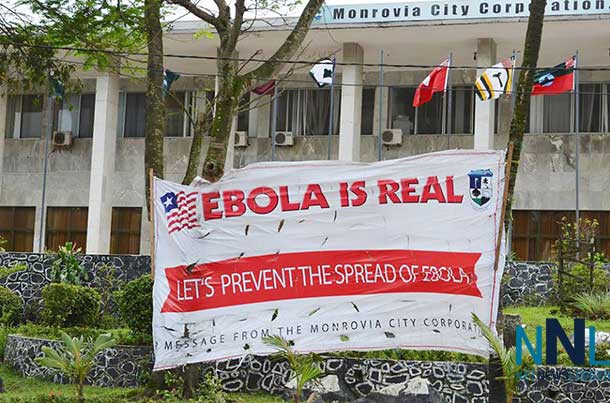
Ebola Danger Will Continue for Some Time
NEW YORK – HEALTH – Health workers at Ebola outbreak sites are seeing evidence that the numbers of reported cases and deaths “vastly underestimate” the magnitude of the crisis as they work around the clock to stop the disease from spreading, according to the United Nations World Health Organization (WHO).
WHO, in its latest update on the Ebola outbreak in West Africa dated August 14, said no new cases have been detected in Nigeria, attributing the outcome to extensive contact tracing and monitoring, implemented with support from the United States Centres for Disease Control and Prevention (CDC).
“Elsewhere, the outbreak is expected to continue for some time,” WHO said.
Health Canada states, “Ebola virus disease is a severe disease that causes haemorrhagic fever in humans and animals. Diseases that cause haemorrhagic fevers, such as Ebola, are often fatal as they affect the body’s vascular system (how blood moves through the body). This can lead to significant internal bleeding and organ failure”.
The current outbreak of Ebola is in Central and West Africa. There have not been any cases of Ebola in Canada.
The Ebola virus can spread through:
- Contact with infected animals
- Contact with blood, body fluids or tissues of infected persons
- Contact with medical equipment (such as needles) that are contaminated with infected body fluids
Health Canada states, “As long as precautions are taken, there is low risk of contracting Ebola in a country where the disease is present”.
The most recent statistics compiled by WHO show that the outbreak of Ebola in West Africa continues to escalate, with 1975 cases and 1069 deaths reported from Guinea, Liberia, Nigeria, and Sierra Leone.
But WHO also said: “Staff at the outbreak sites see evidence that the numbers of reported cases and deaths vastly underestimate the magnitude of the outbreak.”
On the humanitarian side, the UN World Food Programme (WFP) is delivering food to the more than one million people locked down in the quarantine zones, where the borders of Guinea, Liberia, and Sierra Leone intersect, and several countries have agreed to support the provision of priority food staples for this population.
The UN Children’s Fund (UNICEF), in a blog post from Sierra Leone on the “joys of survivors” of the deadly disease, says that “Ebola survivors can play a valuable role in dispelling myths and in gaining community support in the fight against Ebola.”

“Some people in Sierra Leone still have not accepted that Ebola is real. While many survivors fear stigma, some are now coming forward and telling their brave stories,” wrote UNICEF consultant Jo Dunlup.
WHO said it is mapping the outbreak in great detail, to pinpoint areas of ongoing transmission and locate treatment facilities and supplies.
“CDC is equipping the hardest-hit countries with computer hardware and software that will soon allow real-time reporting of cases and analysis of trends,” according to the UN agency’s update.
WHO Director-General Dr. Margaret Chan in Geneva regularly meets with ambassadors from United Nations missions based in the Swiss city to identify the most urgent needs within countries and match them with rapid international support.
UN Secretary-General Ban Ki-moon has appointed Dr. David Nabarro as Senior United Nations System Coordinator for Ebola, in support of the work done by the WHO team. WHO has expressed its disappointment that some airlines have stopped flying to West Africa. It is “hard to save lives if we and other health workers cannot get in,” WHO has said.
WHO has repeatedly said the Ebola virus is highly contagious – but not airborne. Transmission requires close contact with the bodily fluids of an infected person, as can occur during health-care procedures, home care, or traditional burial practices, which involve the close contact of family members and friends with bodies.
The incubation period ranges from 2 to 21 days, but patients become contagious only after the onset of symptoms. As symptoms worsen, the ability to transmit the virus increases. As a result, patients are usually most likely to infect others at a severe stage of the disease, when they are visibly, and physically, too ill to travel.
FILES: DAILY MOTION / HEALTH CANADA / World Health Organization




